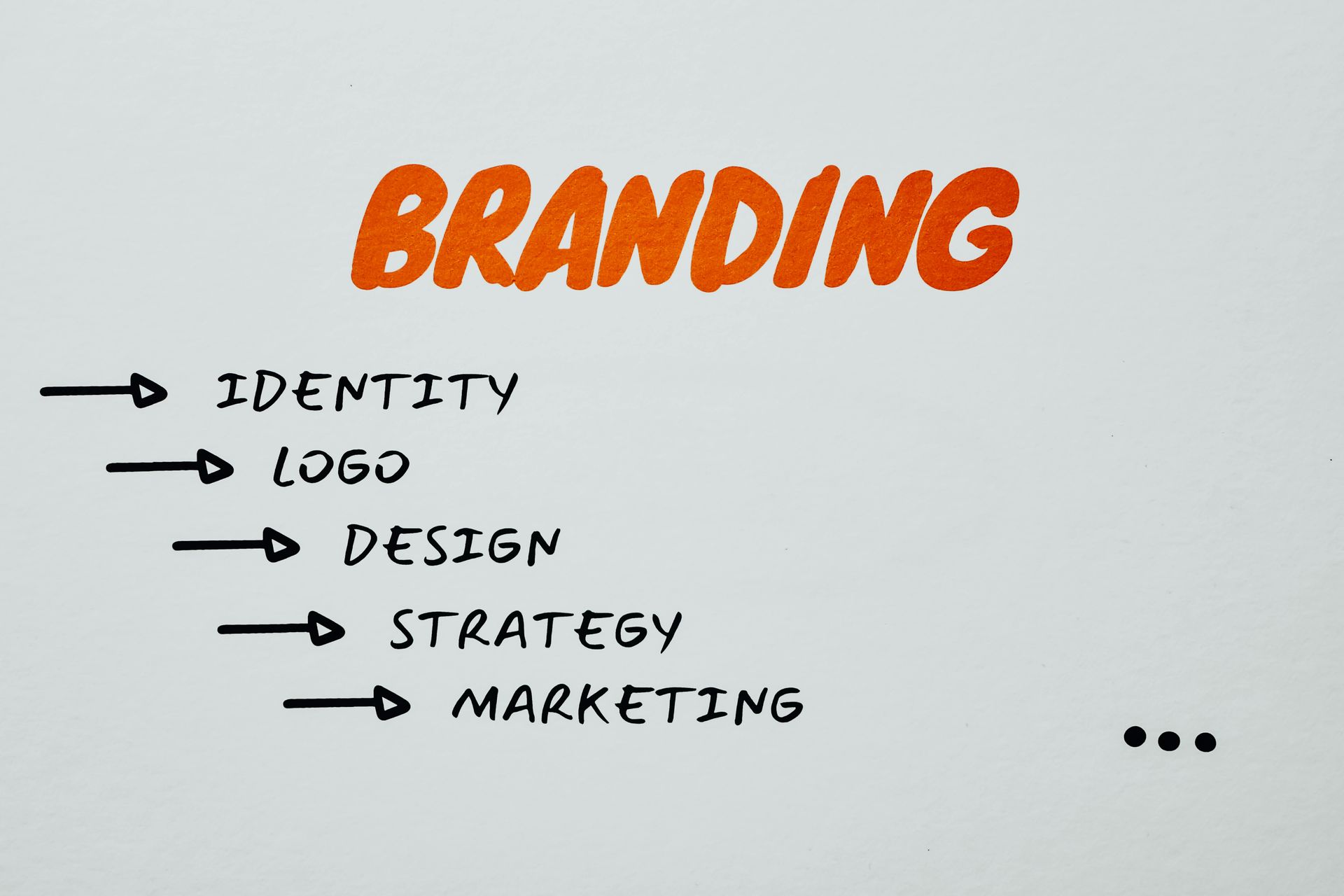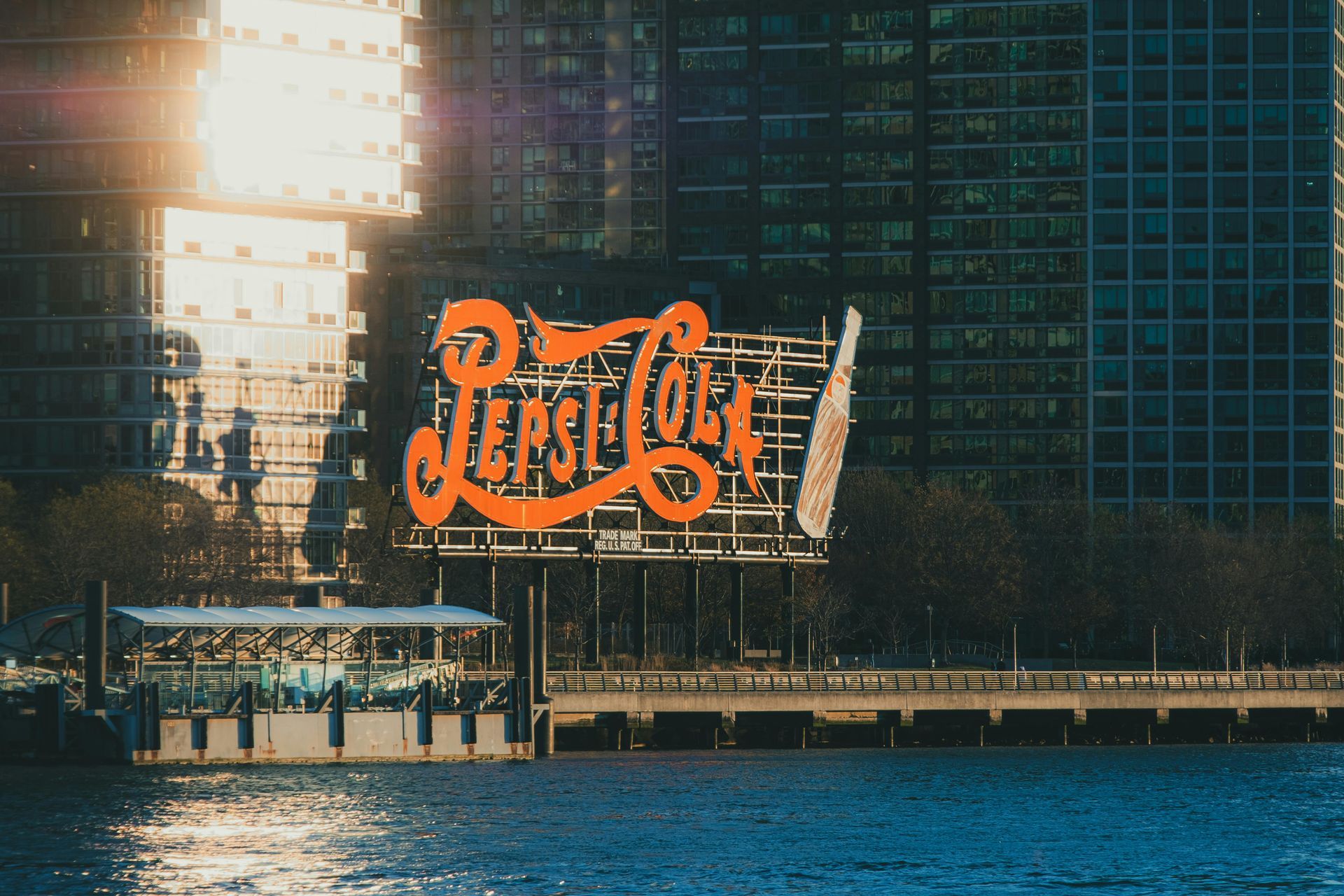A Small Business Guide to Local Marketing

The most accessible customers for your small business to get are the ones that are in your area, and local marketing helps you do just that. These strategies will help your business become discoverable online, helping to expand your customer base.
Don’t Underestimate Web Design
What your small business needs are a marketing-activated website. Your entire website should be designed to bring in leads and grow your business. A quality website should bring in multiple disciplines under the same roof. Instead of just optimizing SEO, a marketing-activated website will have SEM, branding, conversion optimization, persuasive copy, great design, and code that brings everything together. Every part of your website should be working hard to market your business and increase your bottom line.
Web design includes more than just choosing key colors and using keywords. You need a website that will market your business for you. The goal is to ensure your website has high conversion rates and low bounce rates, increasing your bottom line. Unfortunately, if you are working with an SEO agency or a web designer, there’s a good chance that you’re not getting a marketing-activated website, which means you’re wasting your money.

Invest In SEO
Search engine optimization, or SEO, tends to be so confusing. You know it’s essential, but how do you make it work for you? Have you ever tried claiming your profile on Google My Business? It’s hard to keep everything straight – after all, Google can be a mind-boggling and complex monster.
It’s important to work with a professional who understands that SEO isn’t all about keywords. SEO is the overarching discipline of innovative online marketing. While an SEO marketer is intelligent and has a lot to offer, these individuals may not understand the strengths and weaknesses of your business. They may not understand how to best position your business in search engines. You want to work with a digital marketing consultant that understands SEO and how your business works.
Manage Your Reputation
If prospective local customers search for your business name or prime keywords associated with your business, what perception will they have of your local business? Will they find no trace at all of your business? Are they going to find bad reviews? The good news is that you can manage your reputation to control somewhat the perception prospective customers get of your business.
By building a full-fledged reputation marketing strategy for your company, you can harness the power of what your happiest customers have to say on your behalf. Getting great reviews and knowing how to use them is how you leverage your good reputation and help more prospects get to know, like, and trust you – and ultimately recommend you to their friends and neighbors. Online reputation management ensures that you stay on top of your reputation, getting your name out there in positive ways and dealing with any negative reviews as they show up to minimize their damage.

Beef Up Localized Content
The best type of content your business can create is community-focused content. Get involved in your community with your content marketing strategy. Provide local media with great news, and get involved with local organizations and businesses that your community already loves. Invest in your community and earn traffic and powerful links.
As you get involved locally, quality content will follow. You’ll be able to retain your current customers, increase brand awareness, and strengthen your local perception, making the most of your content marketing dollars.
Work With Professionals
Local marketing can be a confusing and time-consuming process with everything else to do as a small business owner. Are you ready to get serious about continuity, consistency, and results in your marketing? If so, you need an experienced professional to help you build and deploy a marketing system to land your new best customers.
Free up your time and lower your overall costs with one of our marketing packages. We combine effective marketing tactics into practical, proven marketing systems — contact us today to get started!
The post A Small Business Guide to Local Marketing appeared first on Cole Dalton.









